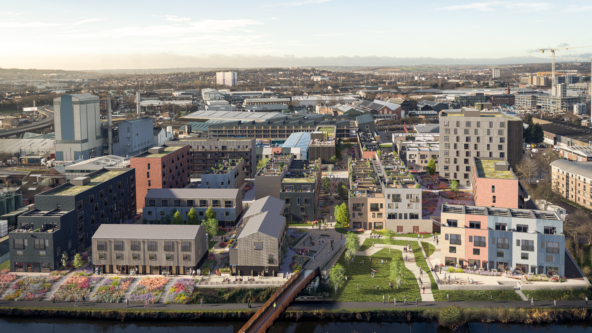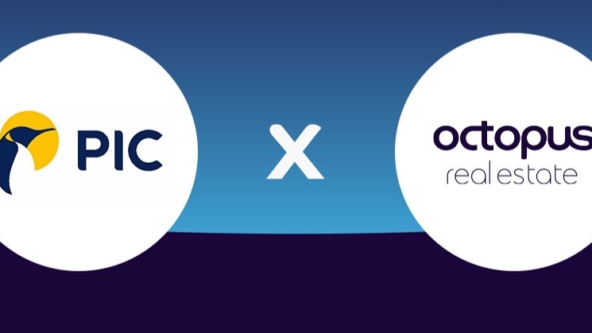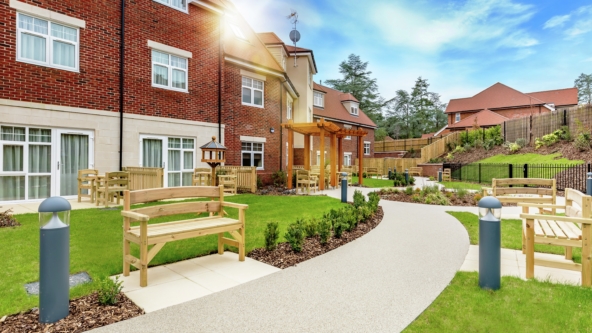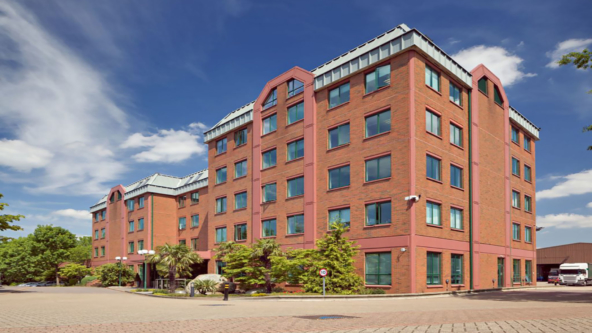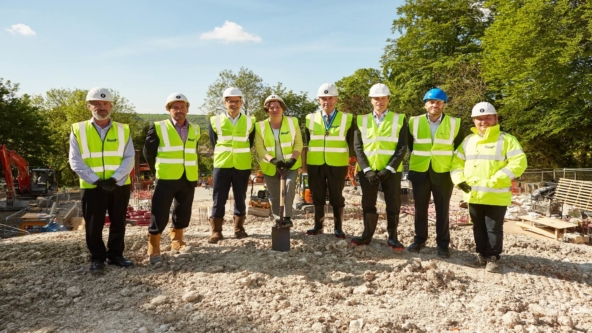By Ludo Mackenzie, Head of Commercial Property
March 2019 will mark a decade since the UK property market began to recover from the effects of the Global Financial Crisis. Since that turning point, the market has enjoyed a steady increase in value. Retail aside, which is currently going through a correction, the sun has shone on commercial property. Is this about to change? Are we late cycle?
The first thing to note is that the last two cycles lasted longer than ten years. Taking the IPD Index (now MSCI Index), values fell 20% in 1973 and then enjoyed an upswing all the way to 1989, before falling 30% over the following three calendar years. The following upswing lasted until 2007 before falling 34% between 2007 and 2009. The two cycles enjoyed upswings of 15 and 14 years, respectively.
Yields today are broadly in line with the levels reached at the peak of the last cycle, but the big difference lies in what is referred to as the ‘yield gap’. This is the margin between the yield on commercial property and the yield on ten-year gilts. The latter is a measure of the risk-free rate and the theory goes that property investors should receive a margin over this rate to compensate for management and illiquidity. Today, the yield gap is comfortably in excess of 4.0%, where as in 2007, the yield gap was less than zero.
Of course, there are good reasons why the yield gap appears so generous today. Quantitative easing and ultra-low interest rates have inflated bond values, meaning that yields have fallen. As QE unravels and interest rates gradually normalise, the yield gap should either narrow or property yields have to move outwards, with a corresponding fall in values. Whether things happen like that and if they do, how long it will take, is the unknown. There is a myriad of other factors at work, which will influence property values; the greatest of which include GDP, employment, international capital flows, exchange rates and behavioural shifts (such as online retail and its impact of the High Street). The world is changing fast and nobody has a crystal ball.
Back to things that we can see and touch, and the two things that support a positive outlook in the short to medium term. The first is the flow of overseas capital into the UK, of which approximately 50% is originating from Asia. The most recent example of this wave is the sale of the new Goldman Sachs HQ for $1.5bn. After competitive bidding from those invited to bid, South Korean state pension fund NPS was the successful party. Overseas capital has been a key component of this cycle, which has been driven by equity to a far greater extent than debt. In the last cycle, debt was the fuel that drove values higher (and the reason for the raging fire that ensued).
The second thing to keep an eye on is the EPRA NAREIT Index, which is a composite of all UK listed property companies. The listed sector has traditionally been a lead indicator for the direct market. Right now, the index is sitting at 1720, which compares to a high of over 3,200 in 2007 and a low of 500 in 1992, suggesting the market is neither too hot nor too cold.
Of course, every cycle is a little bit different and two differentiating factors on the immediate horizon are Brexit and a potential Labour government. The terms of a Brexit deal remain uncertain, but if the Bank of England is to be believed, the impact of no deal could be severe. A counter view, however, is that Sterling would devalue 30%, thus making UK property much cheaper for overseas buyers.
Depending on your political persuasion, a Labour government is a potentially more disruptive event, which could lead to the rapid movement of capital away from the UK.
At Octopus Property, we don’t claim to know what will happen next, but our appetite to lend will be unflinching. With the right counterparties and the right deals, we fully expect both us and our clients to weather whatever lies ahead.
This article first appeared in CoStar
